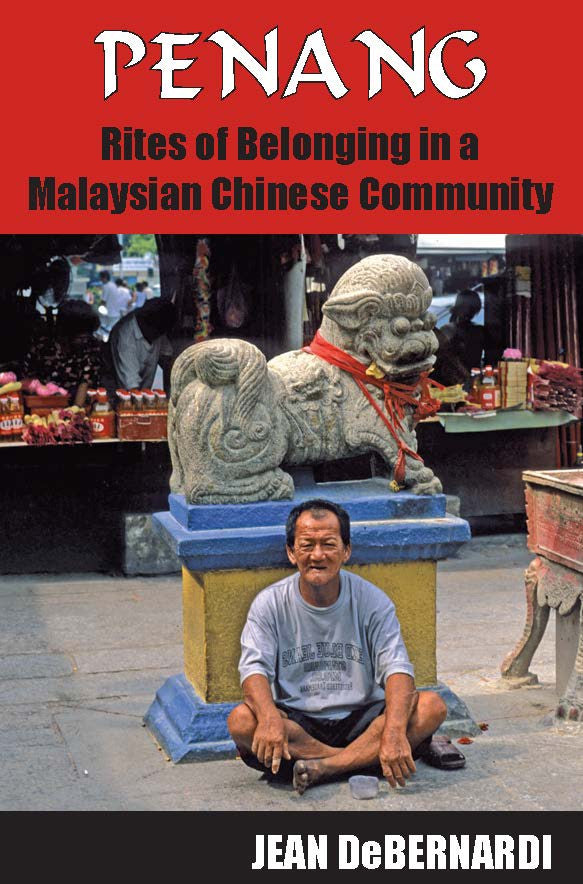Penang: Rites of Belonging in a Malaysian Chinese Community
$38.00 SGD
In what is today Malaysia, the British established Georgetown on Penang Island in 1786, and encouraged Chinese merchants and labourers to migrate to this vibrant trading port. In the multicultural urban settlement that developed, the Chinese immigrants organized their social life through community temples like the Guanyin Temple (Kong Hok Palace) and their secret sworn brotherhoods. These community associations assumed exceptional importance precisely because they were a means to establish a social presence for the Chinese immigrants, to organize their social life, and to display their economic prowess. The Confucian "cult of memory" also took on new meanings in the early twentieth century as a form of racial pride. In twentieth-century Penang, religious practices and events continued to draw the boundaries of belonging in the idiom of the sacred.
Part I of Rites of Belonging focuses on the conjuncture between Chinese and British in colonial Penang. The author closely analyzes the 1857 Guanyin Temple Riots and conflicts leading to the suppression of the Chinese sworn brotherhoods. Part II investigates the conjuncture between Chinese and Malays in contemporary Malaysia, and the revitalization in the 1970s and 1980s of Chinese popular religious culture.
Jean Debernardi is a professor of anthropology at the University of Alberta, Canada. Her areas of specialization include Chinese in Southeast Asia; the anthropology of religion; and ethnicity, nationalism, and transnationalism. She has conducted extensive ethnographic research on Chinese popular religion in Malaysia and Singapore and her publications include Cantonese Society in China and Singapore: Gender, Religion, Medicine and Money and The Way that Lives in the Heart: Chinese Popular Religion and Spirit Mediums in Penang, Malaysia (2006).
Publication Year: 2009
366 pages, 229mm x 153mm
ISBN: 978-9971-69-416-6, Paperback
NUS Press

